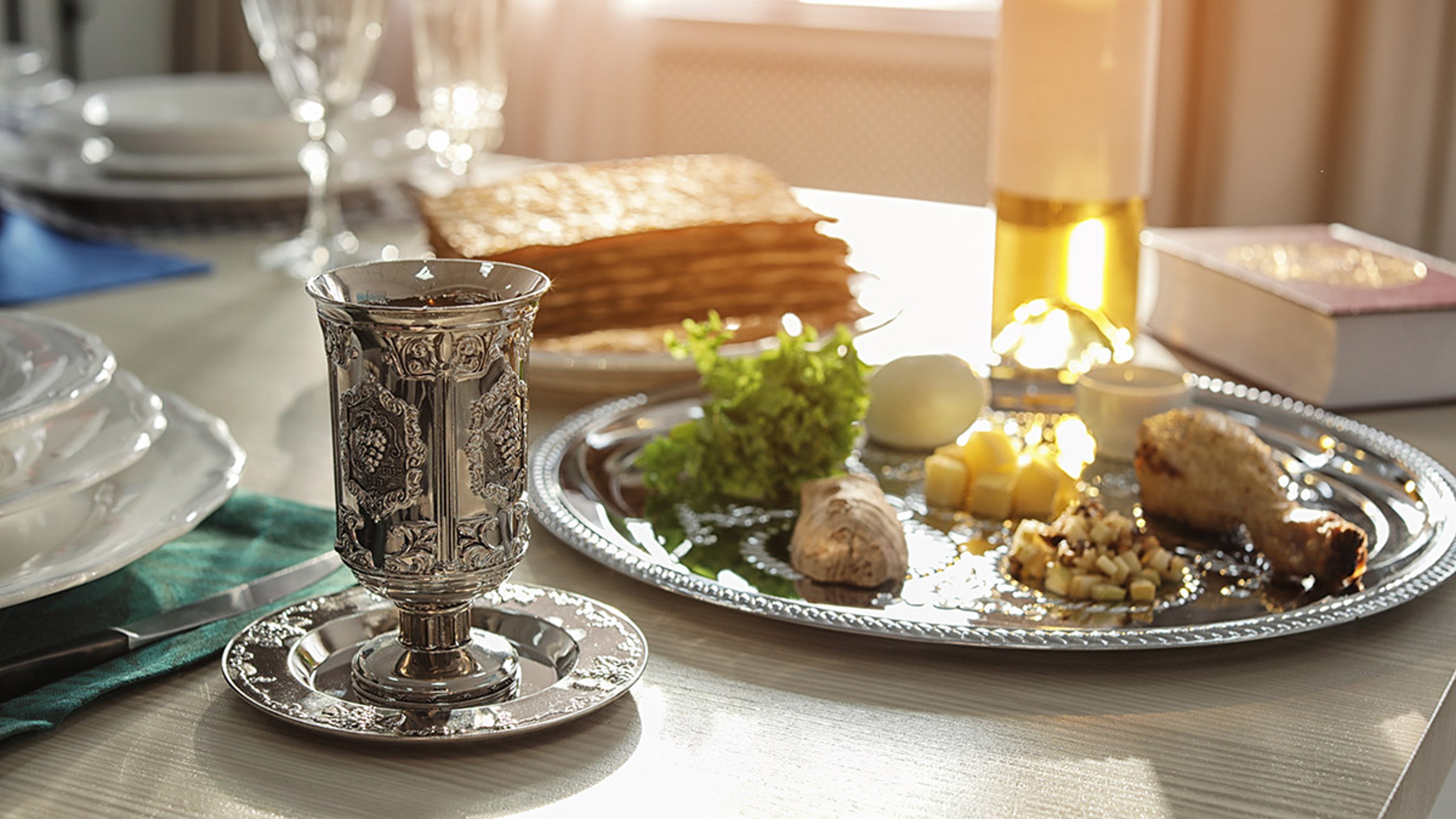The Beauty and Dark History of the Advent Calendar
Open the doors to 24 days of sweets, treats, and gorgeous designs.
Nov 16, 2022
The humble but ubiquitous Advent calendar started life as chalk on the wall, as Christians counted down the four Sundays before Christmas Day. (Advent actually ends on Christmas Eve.) The first known physical calendars were handmade in Germany in 1851 and evolved in that artisan way until the turn of the 20th century, when Gerhard Lang, the father of the Advent calendar as we know it, started printing them, on thick cardboard. His enterprise survived the first World War but not the second, when the Nazis rationed cardboard and Lang, bereft of materials, had to shut down.
Darkly and revealingly, the Nazis also forbade the production of calendars with Christmassy imagery. Instead, they made their own cheerless version, a pamphlet with pictures of everyone's favorite holiday swastika and tanks — presumably belonging to the enemy — being blown up.
But, as you know, light prevailed over dark and the Nazis got a righteous whupping, and soon after the end of the war, in 1946, another German printer, Richard Sellmar, picked up the mantle and showed images of a bucolic, wintry town. He titled his calendar “The Little Lown," “Lown" not being a misprint but meaning calm, peaceful, and untroubled — sentiments most welcome again after what the world just went through.

He mass produced the calendars and exported them to the United States, from where the spore of the commercial idea spread. So those of us born after World War II grew up with the traditional firm cardboard version with the little die-cut windows under which a biblical picture or verse would be revealed, as excitement built toward Christmas.
In 1971, the British confectioner Cadbury decided that, since only the most faith filled could be completely satisfied with a biblical countdown, they should add chocolate. They weren't the first to do this, but they did it best, and from there the idea grew that these calendars could give you daily rewards of the material kind, as well as spiritual.
Advent calendars by Harry & David
The gifting experts at Harry and David took the advent calendar to a higher, more three-dimensional level, creating wooden boxes with elaborately designed compartments that contain many of their best food and wine products.
“This year, we are carrying 12 different holiday Advent calendars," says Shelly Pritchett, one of the people responsible for the design and packaging of not just these Advent calendars but so many other packaged gifts.
These include full 24-day calendars, starting with the crown jewel, the Best of Harry & David Advent Calendar, which contains its prime products, including Moose Munch, baklava, fruit galette cookies, pepper & onion relish, and even a gold-wrapped Royal Riviera pear; the Advent Cookie Calendar; the Beauty & Spa Countdown Calendar; and the Deluxe Advent Calendar, which is shaped like a board game, with small boxes containing six different delicious handcrafted chocolates (112 in total!). Everybody's a winner!
Another option is 12-day calendars, for those who want to cut their waiting time in half. These include the 12 Days of Christmas Advent Calendar Gift Box, which yields Cheryl's very whimsical cookies, the Harry & David Confections Christmas Village. Each winter-themed decorated box contains chocolate-covered cherries, dark chocolate truffles, and Moose Munch Premium Popcorn. One box a day...no cheating!
“The advent calendars all start with the Harry & David product. Once the food elements are chosen, each compartment is created to fit the consumable element and the desired structure," Pritchett explains.
What was the most elaborate design for Pritchett's team?
“The wood keepsake Advent gift," Pritchett expounds about the calendar with lights and custom artwork. "Due to the delicate design, each drawer is hand packed with truffles, mints, and cookies. The scene was inspired by our designer's artwork."
Developing the structure of the Limited Edition 24 Days of Treats Advent Calendar gift involved several teams, says Pritchett, including design, engineering, product development, and merchants, who all met weekly to collaborate on each step. Despite this coordination, there was one hiccup. "The first sample of the Advent calendar was sized to fit multiple items, but the prototype was bigger than a standard mantle would hold," Pritchett says. "Back to the drawing board, and after five months of development, we finalized a 24-day Advent calendar that we hope will make recipients happy for many years to come."
Check them all out for yourself, right here!
.svg?q=70&width=384&auto=webp)








